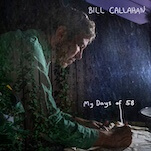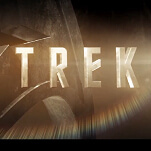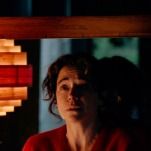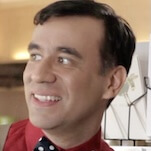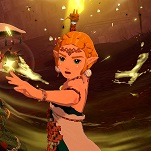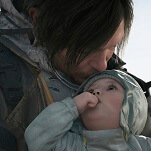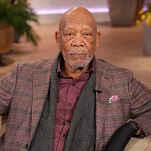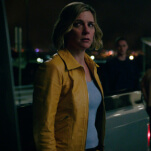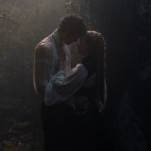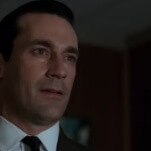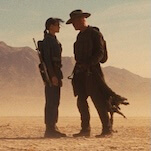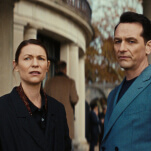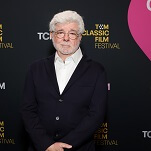The Wheel Of Time season 2 breaks from the books—and is all the better for it
Less copy-and-paste clone and more spiritual kin, the sophomore outing manages to surprise both TV audiences and devout readers
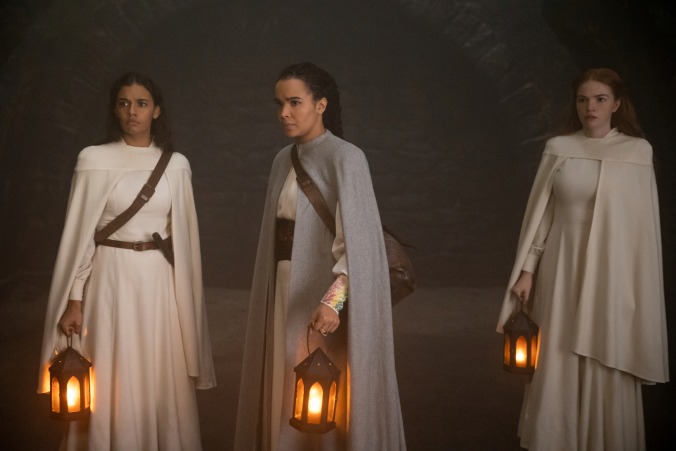
That Prime Video’s streaming adaptation of The Wheel Of Time, Robert Jordan’s 14-volume-deep series of high-fantasy novels, would occasionally deviate from the course the author set on the page was to be expected. Hell, it’s right there in the word: adaptation. Things would naturally have to be modified, merged, or magnified to fit the confines—artistic, technical, budgetary, and otherwise—of the screen. But it’s just how far the show veers from the source material, and heartily so, that makes the second season not only a vast improvement on the first, but also a solid argument that the wide, wonderful world of fantasy TV doesn’t always need to be so damn faithful.
The Rings Of Power, House Of The Dragon, The Witcher, Outlander, Shadow And Bone, His Dark Materials, Good Omens—nearly all the big-budget fantasy epics that have hit streaming of late have their roots in a beloved book series. And with adaptation comes expectation: Existing IP has the benefit of a built-in audience, sure, but it’s also inevitably limited in the liberties that audience will allow. What those rabid page turners often expect is the impossible: to have every character and castle and creature and quote play out as devotedly onscreen as they did in the adaptation that thus far only existed in their minds, fantasy in its most literal form. So streaming adaptations like The Wheel Of Time are unreasonably tasked with satisfying two audiences at once: appeasing the devout without alienating the uninitiated.
And in much of the series’ first season—an eight-episode stretch that ran in late 2021—showrunner Rafe Judkins and the writing staff seemed suitably concerned with fidelity, intently unpacking the denseness of Jordan’s expansive tomes (there’s also a prequel as well as two companion books) and earnestly presenting the customs and cultures of “The World of the Wheel.” As on the page, you found Moiraine (played by Rosamund Pike), a member of a powerful all-female organization known as the Aes Sedai, on a quest to narrow down which of five young villagers was the true Dragon Reborn, the prophesied hero that would overthrow the Dark One and restore the realm.
But season two’s many departures from the novels—some pragmatic, others merely cosmetic—prove that the powers that be are now using The Wheel Of Time as less of a rulebook and more of a reference. Just look at where we pick up with our less-than-merry band of travelers in the season premiere (the first three episodes hit Prime Video on September 1, with subsequent episodes airing weekly): The second novel kicks off with our fivesome together in the city of Fal Dara, but in the TV version, each character is on their own hero’s journey.

